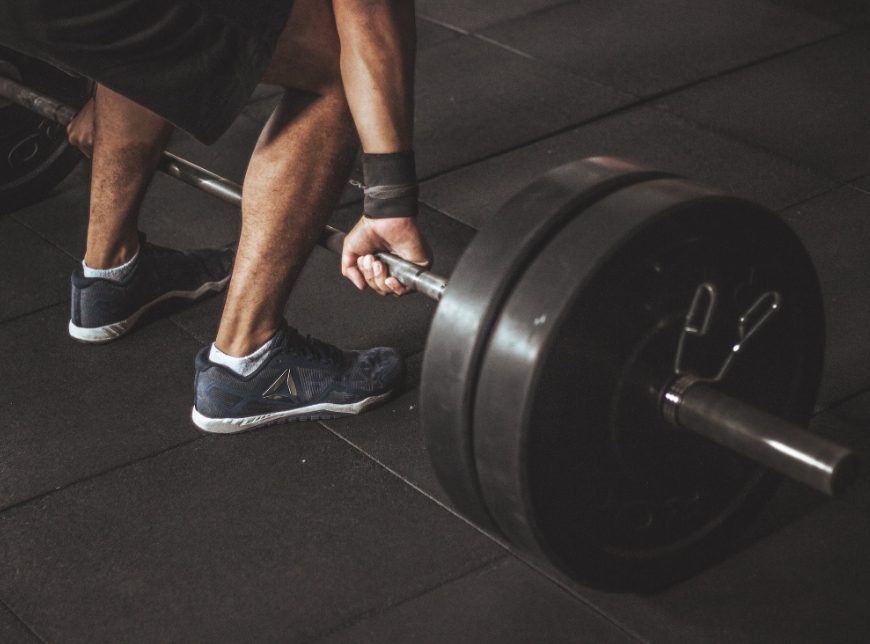
The Deadlift exercise: Understanding Biomechanics, different types, & how to implement it in people with low back pain
Introduction The deadlift is a multi-joint resistance exercise that can be done in a number of training environments. The lifter must grab a barbell at mid-shank level in a squat stance and extend the lower back, hip, knee, and ankle joints to elevate the weight. Any activity that requires strong knee, hip, and trunk extensors could benefit from including the deadlift in the training regimen. … Continue reading The Deadlift exercise: Understanding Biomechanics, different types, & how to implement it in people with low back pain
